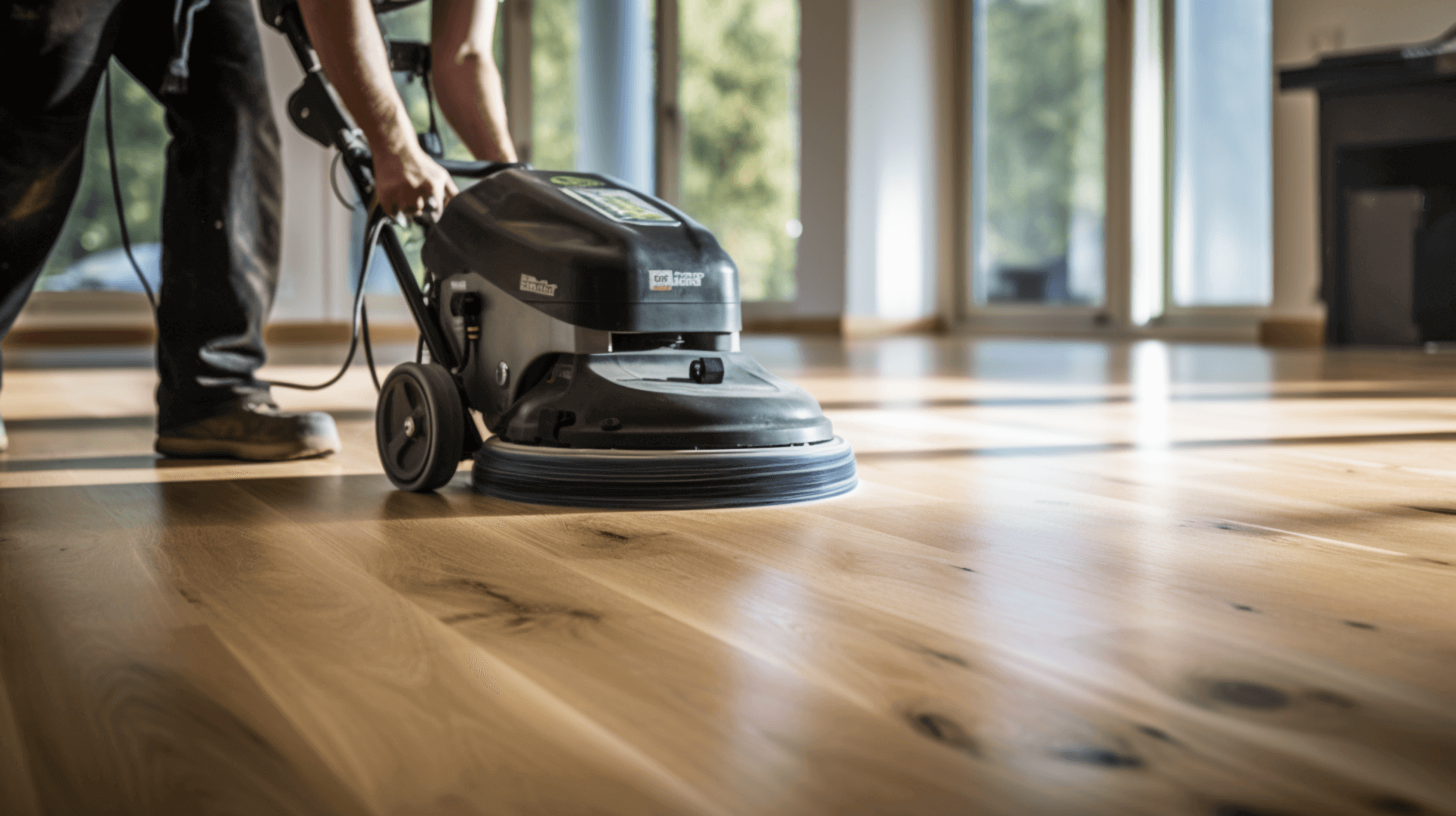Understanding the Basics of Sanding and Refinishing Wooden Floors with Pet Scratches
Sanding and refinishing wooden floors with pet scratches is a process that can greatly benefit both home owners and business owners. This process involves several steps that work together to restore the beauty and longevity of a wooden floor.
The first step in the process is sanding the floor. This is done using a belt sander or a drum sander to remove any scratches, dents, or other imperfections caused by pets. The correct grit of sandpaper is crucial in determining the extent of sanding required. Sanding also helps to eliminate any dirt or debris that may have accumulated on the floor over time.
After sanding, the next step is to apply a protective coating. This can be done using a polyurethane finish, which not only enhances the appearance of the floor but also provides protection against further damage. Additionally, a sealer can be used to safeguard the floor from moisture and dirt.
The final step in the process is refinishing the floor. This involves applying a stain or varnish to restore the original color and luster of the wood. The new finish not only enhances the appearance of the floor but also acts as a protective layer, preventing future damage.
Sanding and refinishing a wooden floor with pet scratches is necessary to address the damage caused by pets. By removing scratches and other imperfections, this process improves the overall appearance of the floor. Additionally, the protective coating and refinishing help to extend the life of the floor by making it more durable and resistant to wear and tear.
For home owners and business owners, sanding and refinishing wooden floors with pet scratches is a worthwhile investment. It not only restores the beauty of the floor but also ensures its longevity, making it a valuable asset for years to come.
Identifying the Impact of Pet Scratches on Wooden Floors
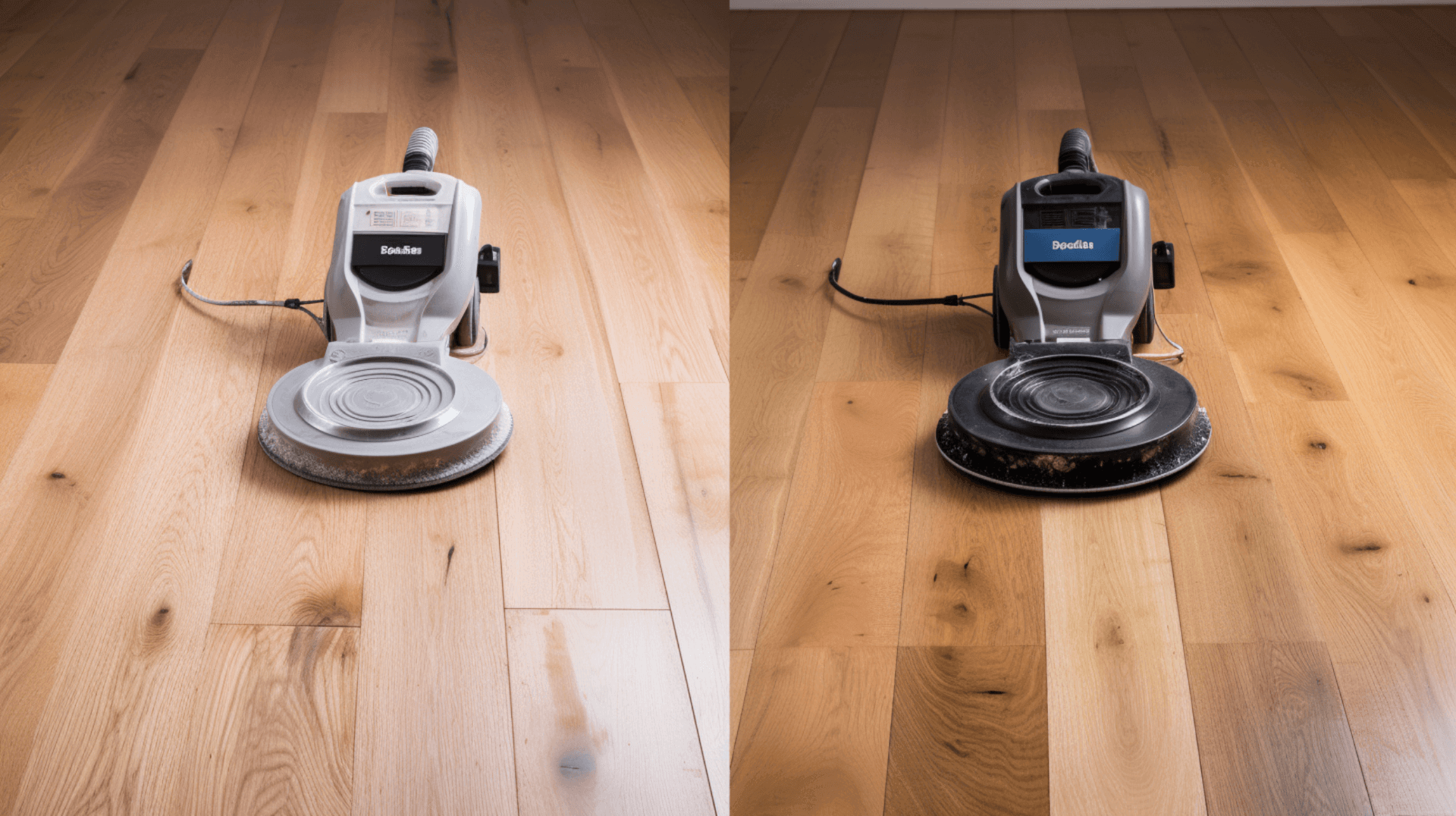
Pet scratches on wooden floors can have a significant impact on the overall look and feel of a home or business. These scratches can be easily identified by their distinct shape and size, as well as the discoloration they cause.
Pet scratches can affect the overall appearance of a wooden floor in several ways. They can cause discoloration, as well as make the floor look dull and worn. Additionally, pet scratches can make the floor more susceptible to further damage, such as cracking and splitting.
The most common causes of pet scratches on wooden floors are claws and nails. Pets can scratch the floor when they are running, playing, or simply walking around. Additionally, pet hair can also cause scratches, as it can become embedded in the wood and cause discoloration.
Identifying the impact of pet scratches on wooden floors is important for home owners and business owners, especially when considering thermal upgrades such as insulation. By understanding the signs of pet scratches and the common causes, they can take steps to prevent further damage and maintain the beauty of their floors. Additionally, they can also consider sanding and refinishing the floor to restore its original look and feel. This guide provides a clear reference document for home owners and business owners to understand the process of sanding and refinishing wooden floors with pet scratches, and the benefits it can bring to their space.
The Importance of Professional Assessment Before Sanding and Refinishing
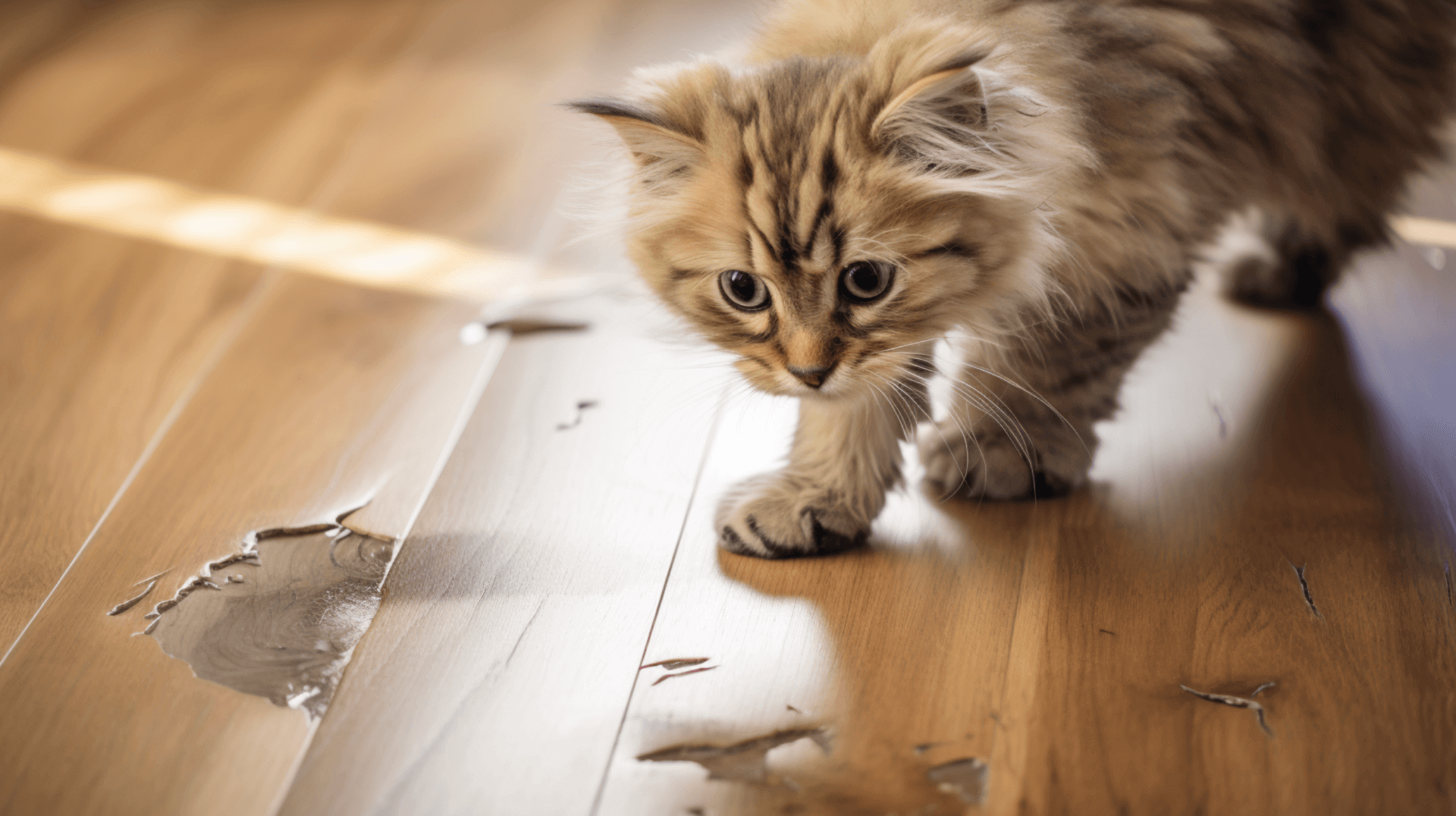
Having a professional assess the condition of a wooden floor before sanding and refinishing is essential for home owners and business owners. This assessment helps to identify any existing damage, as well as any potential issues that may arise during the sanding and refinishing process.
When assessing a wooden floor, professionals consider a variety of factors. These include the type of wood, the age of the floor, the condition of the floor, and the presence of any pet scratches. Additionally, they also consider the level of wear and tear, as well as any potential structural issues that may need to be addressed. The professional will also check for any pre-existing problems or defects and declare them to the customer before starting work and report on the pre-installation check sheet.
A professional assessment helps to determine the best approach for sanding and refinishing a wooden floor. This assessment can provide valuable insight into the condition of the floor, as well as any potential issues that may arise during the process. Additionally, it can also help to identify any areas that may require additional attention, such as pet scratches or structural damage. The professional will also check the floor to ensure it meets the current relevant national building regulations.
By having a professional assess the condition of the wooden floor, home owners and business owners can ensure that the sanding and refinishing process is carried out effectively and efficiently. This assessment helps to minimize the risk of any unexpected issues and ensures that the final result is a beautifully restored wooden floor. The professional assessment provides peace of mind and ensures that the sanding and refinishing process is tailored to the specific needs of the floor, resulting in a high-quality and long-lasting outcome.
Preparing Your Wooden Floor for Sanding and Refinishing
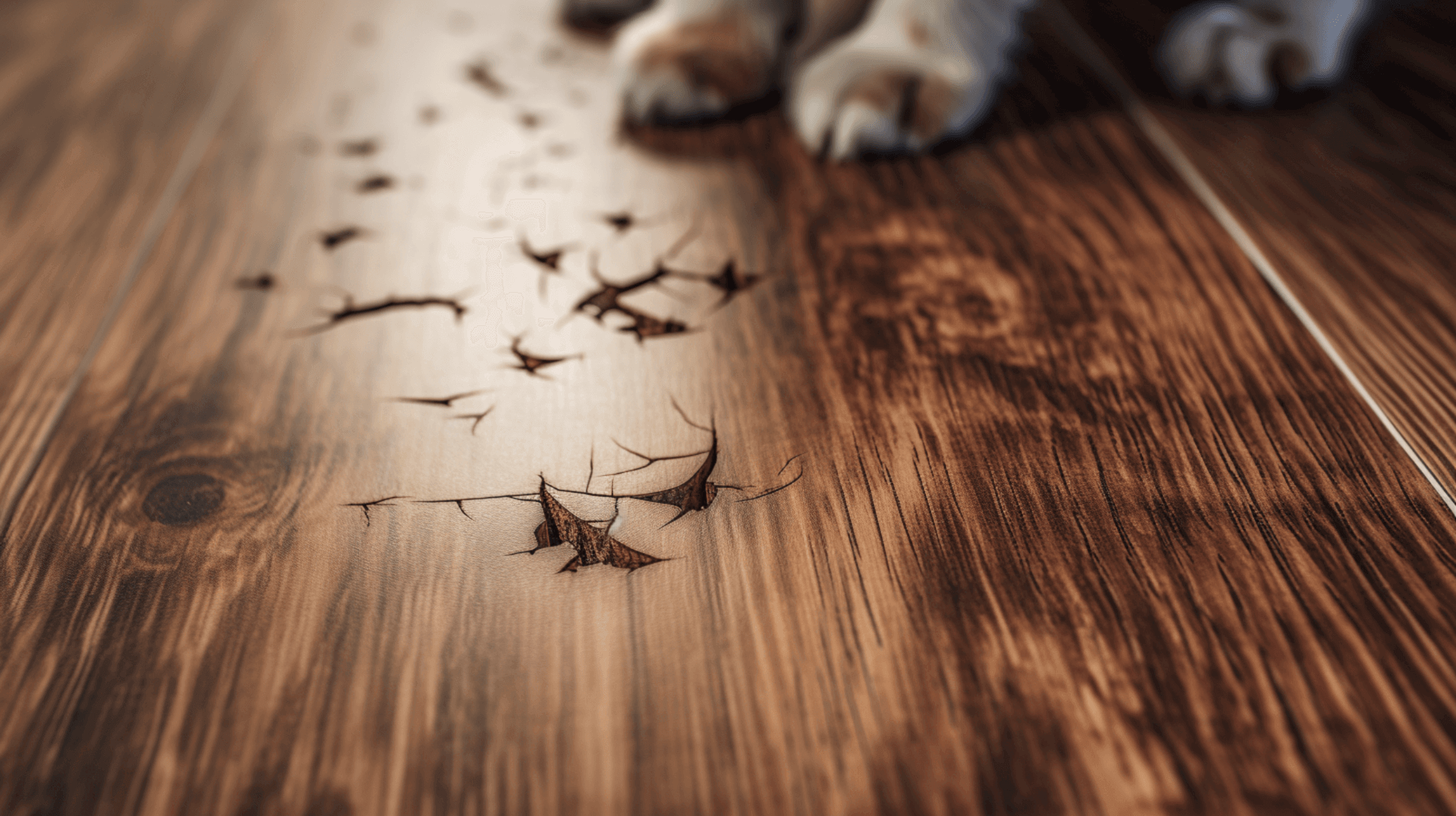
Preparing a wooden floor for sanding and refinishing is an important step in the process. This preparation helps to ensure that the sanding and refinishing process is carried out effectively and efficiently.
The necessary steps for preparing a wooden floor for sanding and refinishing include cleaning the floor, removing any furniture or rugs, and repairing any existing damage. Additionally, it is important to check the floor for any pet scratches or other imperfections that may need to be addressed. It is also important to evaluate the damage to make an informed determination of the most appropriate action. It is recommended that all wood flooring damage be evaluated by an NWFACP Certified Professional, NWFA Member, or equivalent, to ensure appropriate action is being considered.
The next step is to clean the floor. This involves vacuuming and mopping the floor to remove any dirt and debris. Additionally, any pet hair should also be removed. It is also important to inspect the floor for any existing damage, such as pet scratches, cracks, and other imperfections. Any existing damage should be noted and addressed before sanding and refinishing.
The final step is to gather the necessary materials and tools for the sanding and refinishing process. This includes sandpaper, a belt sander or drum sander, a polyurethane finish, a sealer, and a stain or varnish. It is important to ensure that the materials and tools are of high quality to achieve the best results.
By following these necessary steps, home owners and business owners can effectively prepare their wooden floors for sanding and refinishing, ensuring a smooth and successful process.
The Sanding Process: Techniques and Best Practices
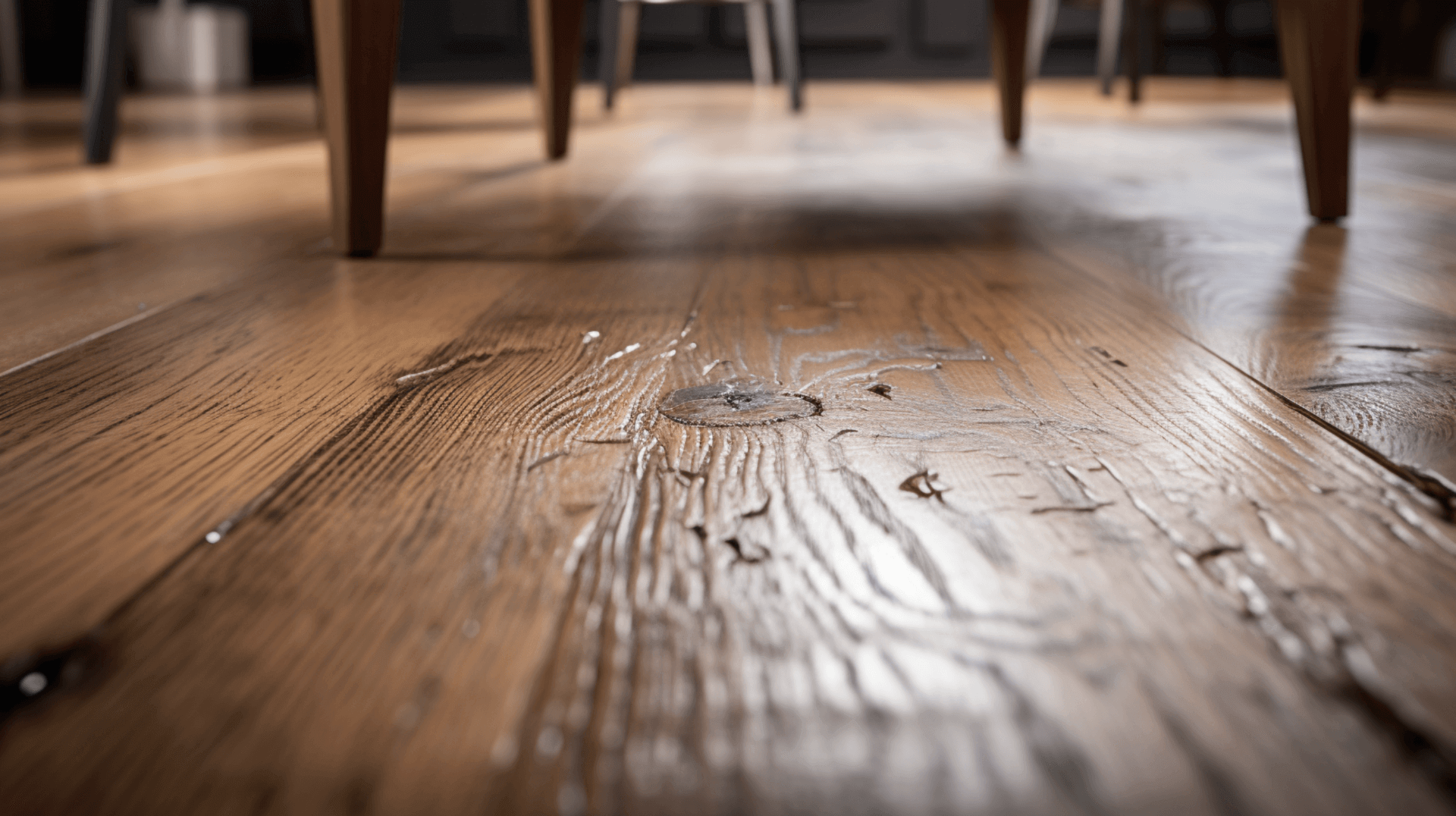
The sanding process is an important step in the refinishing of a wooden floor. This process helps to ensure an even and smooth finish, as well as remove any pet scratches or other imperfections.
Before beginning the sanding process, it is important to prioritize safety measures. This includes using shoe protectors/covers when entering the property, advising the customer of any necessary precautions, and removing materials and possessions if the customer is unable to do so. Dust sheets should be placed where required to protect surrounding areas, and any openings or hazards should be appropriately cordoned/barriered. It is also crucial to carry out a thorough check of any pre-existing problems or defects and declare them to the customer before starting work, reporting them on the pre-installation check sheet. The customer should be fully informed of the work being carried out, including any areas that may not be accessible during the process.
The step-by-step process of sanding a wooden floor involves several stages. First, the floor is prepared by cleaning it thoroughly and removing any furniture or rugs. Next, a belt sander or drum sander is used to remove the existing finish. This is followed by a finer sanding with progressively finer grit sandpaper to achieve a smooth surface. The next step is to use a buffer to remove any remaining finish and further smooth out the surface. Finally, the floor is thoroughly vacuumed and cleaned to remove any dust and debris.
To ensure an even and smooth finish, it is important to use the correct techniques. This includes using a slow and steady motion when sanding, as well as overlapping each pass to ensure an even finish. Additionally, it is crucial to use the correct grit of sandpaper for the job. The sanding process helps to remove any pet scratches by leveling the surface of the floor and eliminating any damaged wood.
By following these steps and techniques, home owners and business owners can effectively sand their wooden floors, resulting in a beautifully restored surface that is free from pet scratches and other imperfections.
The Refinishing Process: Enhancing the Beauty of Your Wooden Floor
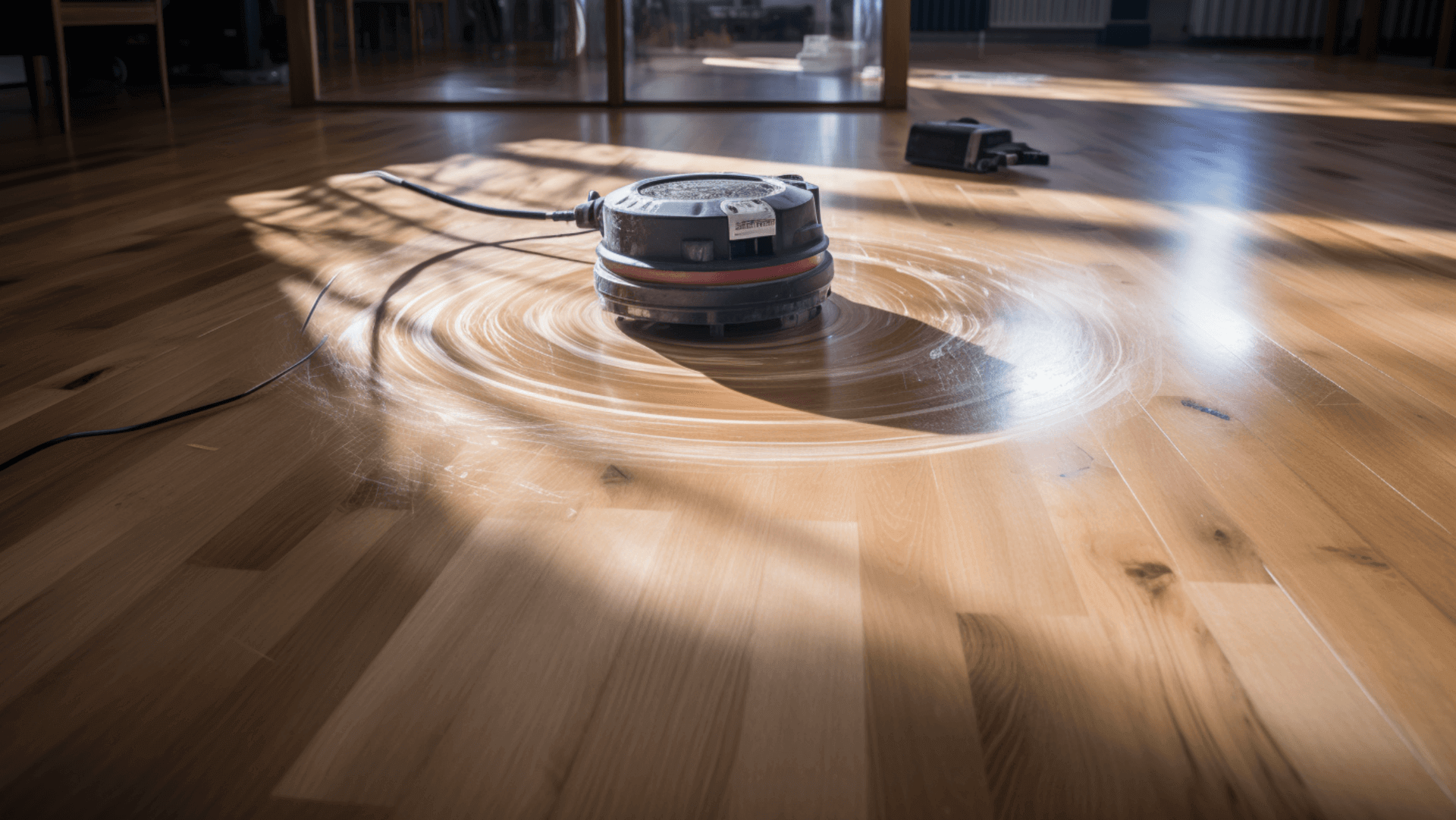
Refinishing a wooden floor is the final step in the sanding and refinishing process. This process helps to enhance the beauty of the floor, as well as protect it from future damage.
The refinishing process begins with the application of a sealer. This sealer helps to protect the wood from moisture and other elements that could potentially cause damage. It is important to apply the sealer in thin, even coats, allowing each coat to dry before applying the next. It is also crucial to check the manufacturer’s technical information to ensure that the sealer is suitable for use as a UFI (Use of a Film-forming Intumescent) and to verify any Technical Approvals or specifications provided by the manufacturer.
In addition to applying the sealer, it is important to assess the condition of the timber joists. They should be free from infestation and rot, and the moisture content should not exceed 20%. This can be measured using a moisture meter with electromagnetic capability, which provides accurate and thorough assessment. It is also recommended to investigate any suspect timbers near potential sources of dampness or those showing evidence of fungal growth. This can be done by probing with a sharp implement, such as a bradawl.
By following these steps and taking the necessary precautions, home owners and business owners can achieve a beautifully refinished wooden floor that is protected from future damage.
PostRefinishing Care: Maintaining Your Newly Refinished Wooden Floor
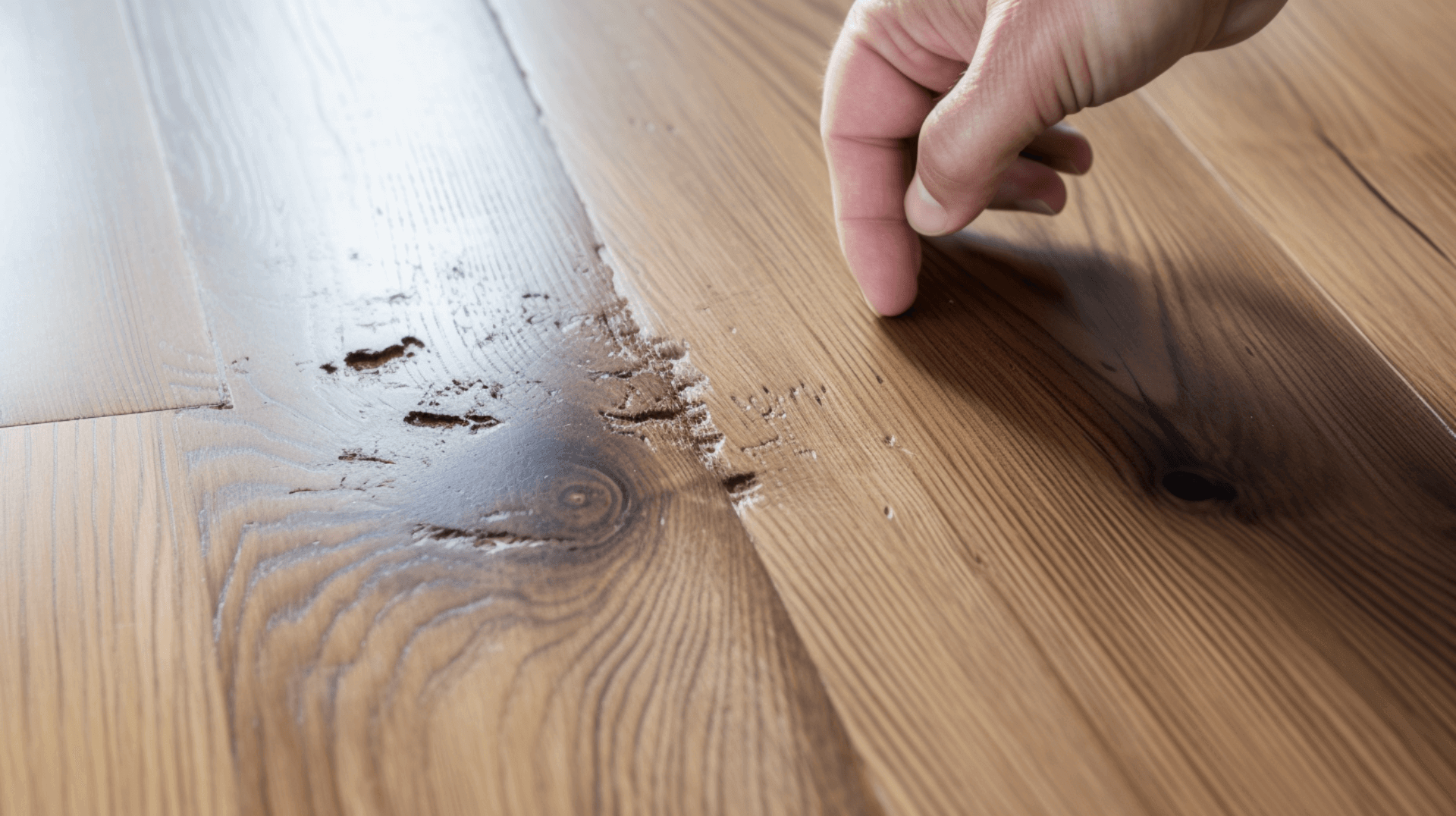
Maintaining a refinished wooden floor is an important step in preserving its beauty and protecting it from future damage. To ensure the longevity of the floor, it is important to follow best practices for post-refinishing care.
The first step is to protect the floor from any potential damage. This includes using shoe protectors/covers when entering the property, avoiding dragging furniture across the floor, and using felt pads or other protective materials on the feet of furniture. Additionally, it is important to keep the floor free from dirt and debris, as this can cause scratches and other damage.
To prevent future pet scratches, it is important to keep pets’ nails trimmed and to use pet beds or mats to protect the floor. Additionally, it is important to use a vacuum cleaner with a soft brush attachment to remove any pet hair. It is also important to check the manufacturer’s technical information to ensure that the materials used for insulation under timber floors are appropriately certified and suitable for use as UFI (Use of a Film-forming Intumescent). Additionally, it is important to verify any Technical Approvals or specifications provided by the manufacturer.
When it comes to cleaning the floor, it is important to use gentle, pH-neutral cleaners that are specifically designed for refinished wooden floors. Avoid using harsh chemicals or abrasive cleaners that can damage the finish. It is also important to avoid excessive moisture on the floor, as this can cause the wood to warp or swell. Instead, use a damp mop or microfiber cloth to clean the floor, and immediately dry any spills or excess moisture.
Regular maintenance is key to preserving the beauty of a refinished wooden floor. This includes periodically inspecting the floor for any signs of wear or damage and addressing them promptly. Applying a fresh coat of finish every few years can also help to maintain the floor’s appearance and protection.
By following these best practices, home owners and business owners can ensure that their newly refinished wooden floors remain beautiful and protected for years to come.
The Role of Professional Services in Sanding and Refinishing Wooden Floors
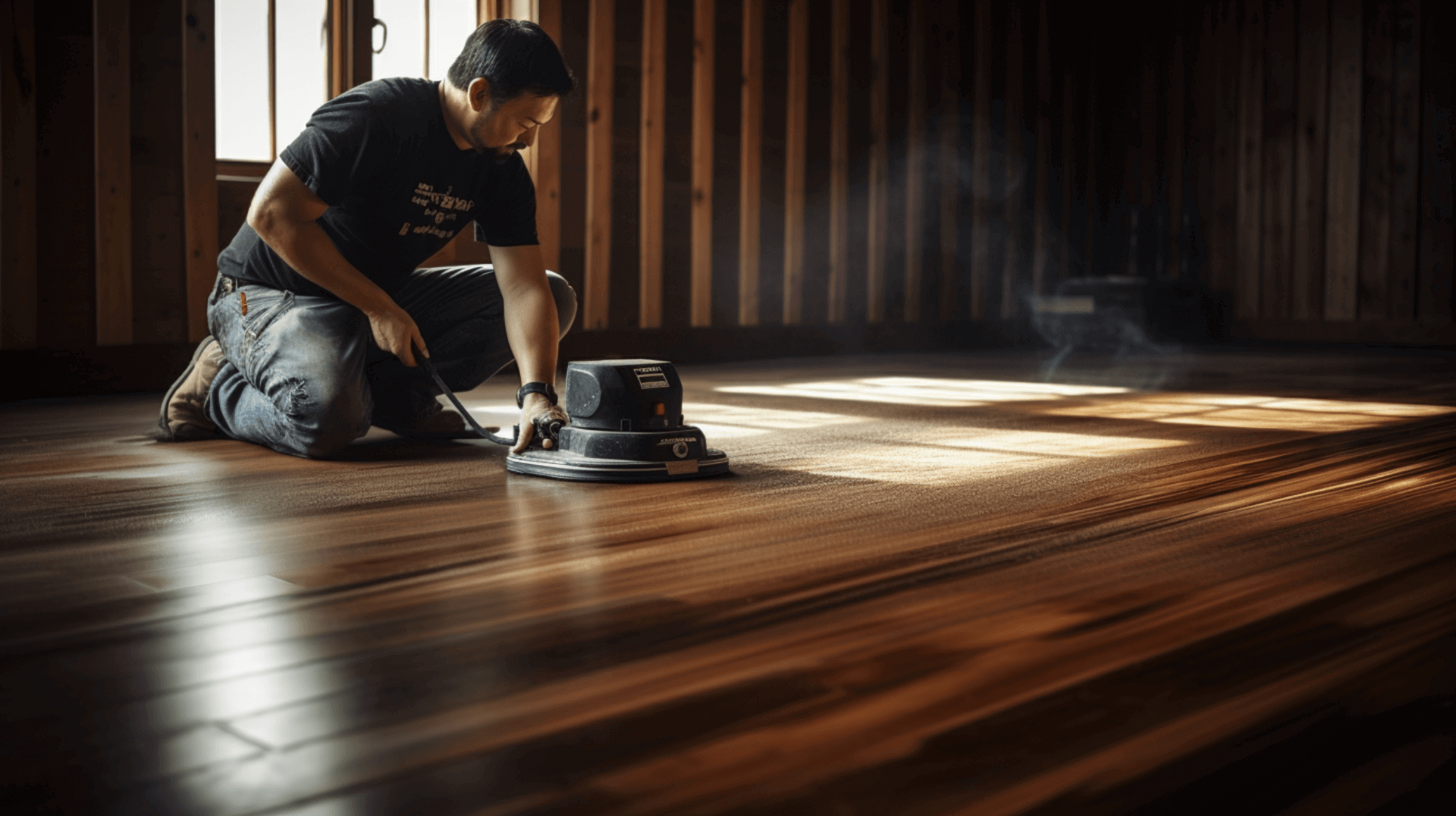
Hiring a professional floor sanding and refinishing service like GJP Floor Sanding offers numerous benefits for home owners and business owners. We utilize the latest equipment and techniques to ensure a smooth and even finish, as well as prioritize safety measures to protect the customer’s property. GJP Floor Sanding also provides expert advice and guidance on the best materials and finishes to use, taking into consideration factors such as the suitability for use as UFI (Use of a Film-forming Intumescent) and compliance with technical specifications.
In addition to these benefits, GJP Floor Sanding goes above and beyond by providing guidance on insulation under timber floors. We ensure that all materials used for insulation are appropriately certified and suitable for use as UFI. We also verify any Technical Approvals or specifications provided by the manufacturer. This attention to detail ensures that the entire refinishing process is carried out to the highest standards.
By opting for professional services like GJP Floor Sanding, home owners and business owners can have peace of mind knowing that our wooden floors are in capable hands. The combination of a superior finish, adherence to safety protocols, expert guidance on materials and finishes, and attention to insulation ensures that the refinishing process is successful and the wooden floors are protected for years to come.
Understanding the Costs Involved in Sanding and Refinishing Wooden Floors
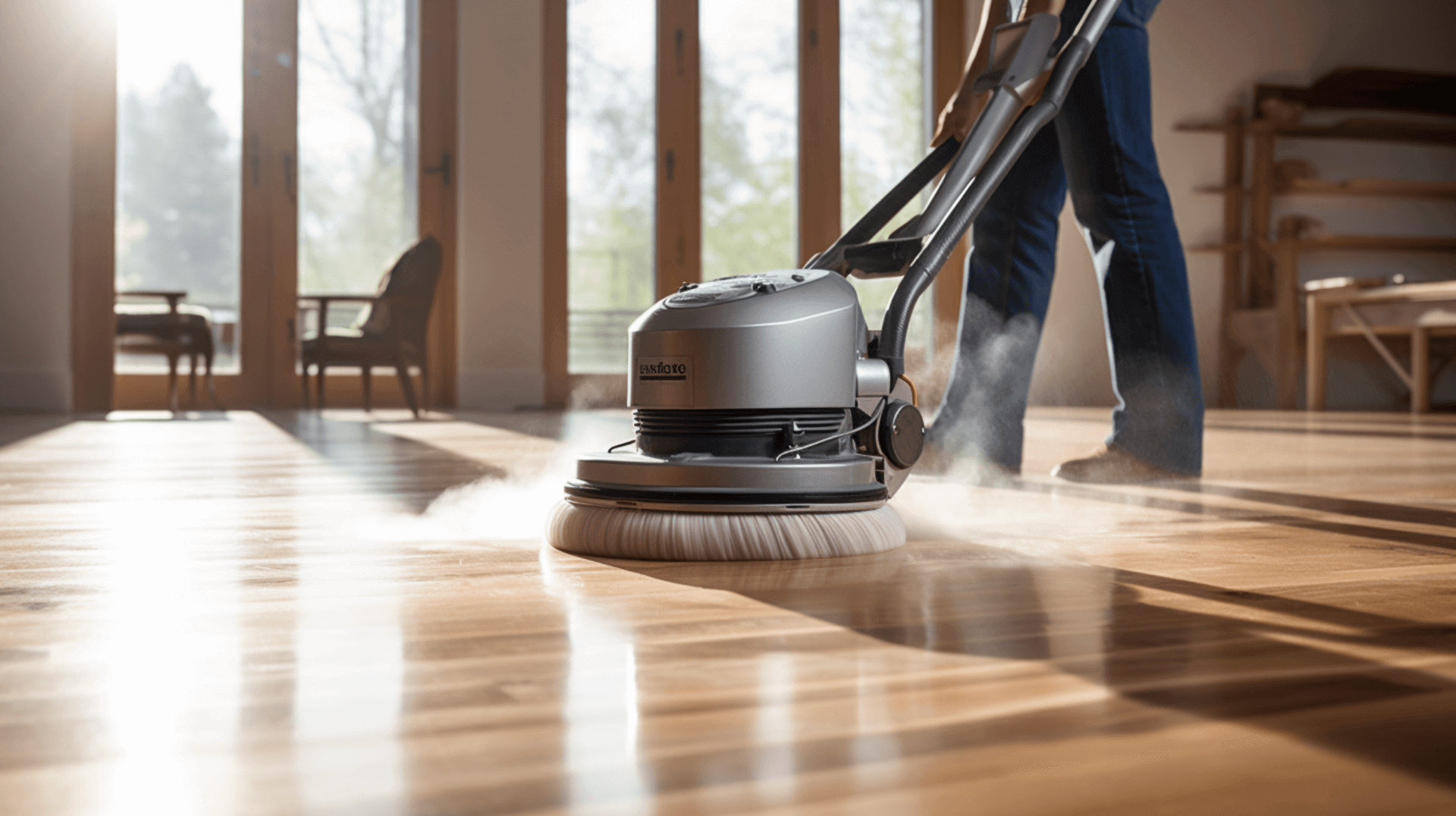
Understanding the Costs Involved in Sanding and Refinishing Wooden Floors
When considering sanding and refinishing a wooden floor, it is important to understand the costs involved. The cost of the project will depend on factors such as the size of the floor, the type of wood, the condition of the floor, and the desired finish. Additionally, the cost of materials such as sealers, finishes, and insulation, as well as any additional works that may be required, should be taken into account.
GJP Floor Sanding provides cost-effective solutions for sanding and refinishing wooden floors. We utilize the latest equipment and techniques to ensure a smooth and even finish, prioritizing safety measures to protect the customer’s property. Additionally, we provide expert advice and guidance on the best materials and finishes to use, taking into consideration factors such as the suitability for use as UFI (Use of a Film-forming Intumescent) and compliance with technical specifications. We also ensure that all materials used for insulation are appropriately certified and suitable for use as UFI, verifying any Technical Approvals or specifications provided by the manufacturer.
By choosing a professional service like GJP Floor Sanding, home owners and business owners can have confidence that the costs involved in sanding and refinishing our wooden floors are accounted for. GJP Floor Sanding provides transparent quotes that include all necessary materials and works, allowing customers to plan and budget accordingly. This ensures a successful and cost-effective project, resulting in beautifully refinished wooden floors that meet both aesthetic and functional requirements.
Addressing Common Concerns and Misconceptions About Sanding and Refinishing
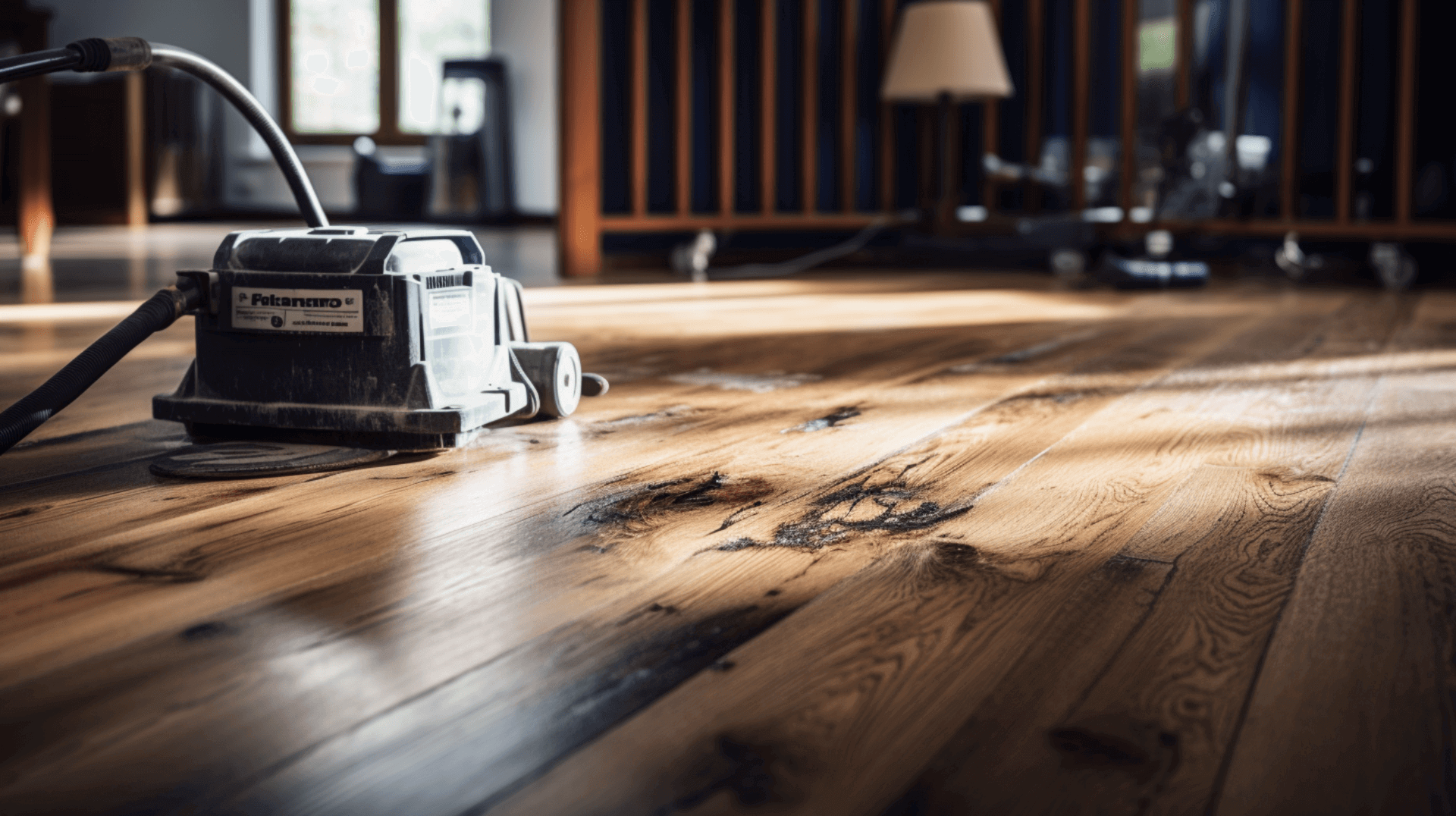
Addressing Common Concerns and Misconceptions About Sanding and Refinishing
When it comes to sanding and refinishing wooden floors, there are often misconceptions and concerns that can prevent home owners and business owners from taking the plunge. One common misconception is that sanding and refinishing is a messy and disruptive process. GJP Floor Sanding takes the necessary steps to ensure that the process is as clean and efficient as possible. We utilize the latest equipment and techniques to minimize dust and disruption, resulting in a hassle-free experience for customers. We also take safety measures to protect the customer’s property, including appropriately cordoning off any openings or hazards.
Another concern that customers may have is the quality of the finish. GJP Floor Sanding addresses this concern by utilizing the latest equipment and techniques to ensure a smooth and even finish. We prioritize attention to detail and verify any Technical Approvals or specifications provided by the manufacturer. Additionally, we ensure that all materials used for insulation are appropriately certified and suitable for use as UFI (Use of a Film-forming Intumescent), further ensuring the quality of the finished result.
Customers can also expect clear communication and transparency throughout the sanding and refinishing process. GJP Floor Sanding fully informs the customer of the work being carried out, including any areas that may not be accessible, such as whole rooms if floorboards are lifted. We also follow any specific safety considerations recommended by the manufacturer of the product or system utilized.
Why Choose GJP Floor Sanding for Your Wooden Floor Needs?

Why Choose GJP Floor Sanding for Your Wooden Floor Needs?
GJP Floor Sanding is the premier choice for sanding and refinishing wooden floors. We stand out from other floor sanding and refinishing services due to our meticulous attention to detail and commitment to customer satisfaction. We provide transparent quotes that include all necessary materials and works, allowing customers to effectively plan and budget for our projects. Additionally, we take the necessary steps to minimize dust and disruption, ensuring a hassle-free experience for customers.
One of the key factors that sets GJP Floor Sanding apart is our expertise in insulation under timber floors. We go above and beyond by providing guidance on insulation, ensuring that all materials used are appropriately certified and suitable for use as UFI (Use of a Film-forming Intumescent). We also verify any Technical Approvals or specifications provided by the manufacturer, ensuring the highest standards are met.
By choosing GJP Floor Sanding, customers can have confidence in the quality of our work and the results we deliver. Our attention to detail, commitment to customer satisfaction, and expertise in insulation make us the ideal choice for sanding and refinishing wooden floors. With GJP Floor Sanding, customers can enjoy beautifully refinished wooden floors that meet both aesthetic and functional requirements.
Contact Us: Get Started with GJP Floor Sanding Today
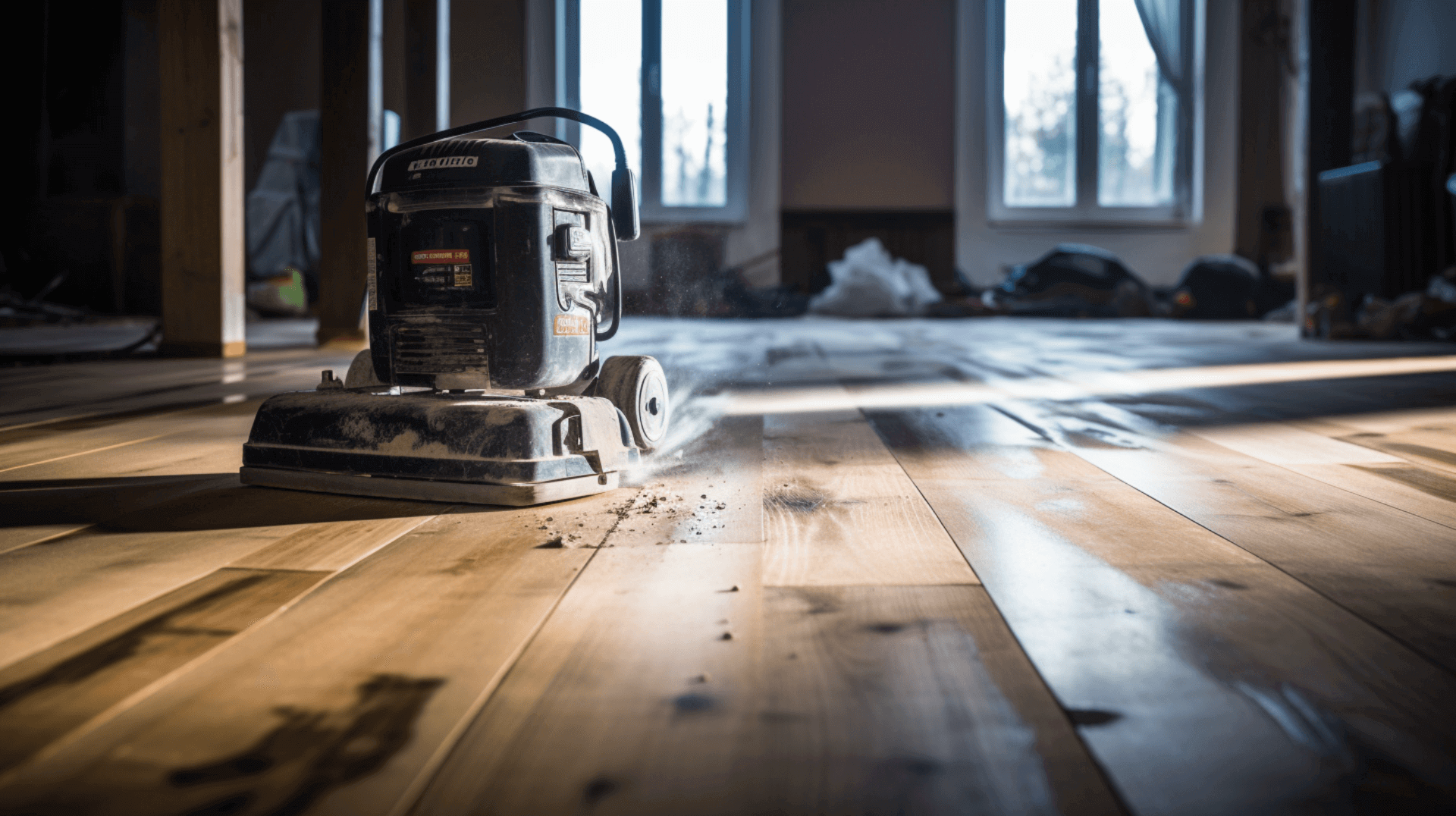
Contact Us: Get Started with GJP Floor Sanding Today
Home owners and business owners looking to sand and refinish our wooden floors can get in touch with GJP Floor Sanding for a consultation or service request. Customers can contact GJP Floor Sanding via phone or email, providing information such as the size of the floor, the type of wood, and the desired finish. Additionally, customers should provide any relevant information regarding the condition of the floor, such as any existing damage or areas of concern, as well as any information regarding the presence of moisture, rot, or decay. We should also provide information about any water or condensate pipes in the sub-floor voids, as these will need to be considered in the design or installation of insulation.
Once customers have contacted GJP Floor Sanding, we can expect a prompt response and a transparent quote that includes all necessary materials and works. GJP Floor Sanding will also provide expert advice and guidance on the best materials and finishes to use, taking into consideration factors such as the suitability for use as UFI (Use of a Film-forming Intumescent) and compliance with technical specifications. We will fully inform the customer of the work being carried out, including any areas that may not be accessible. GJP Floor Sanding takes the necessary steps to minimize dust and disruption during the sanding and refinishing process, ensuring a hassle-free experience for customers.
